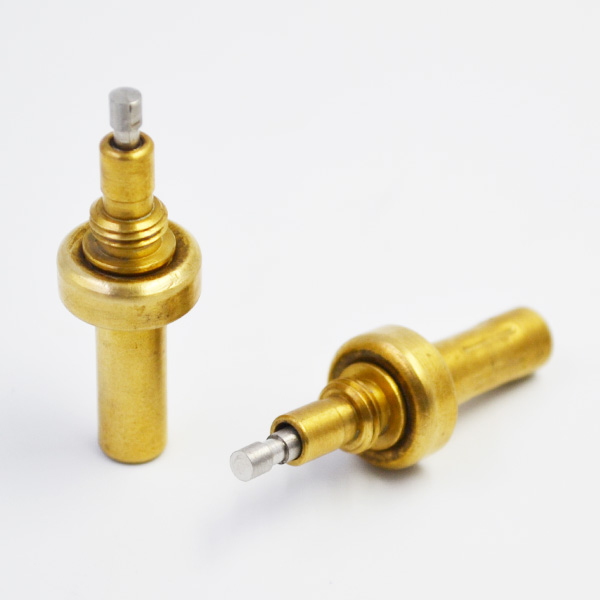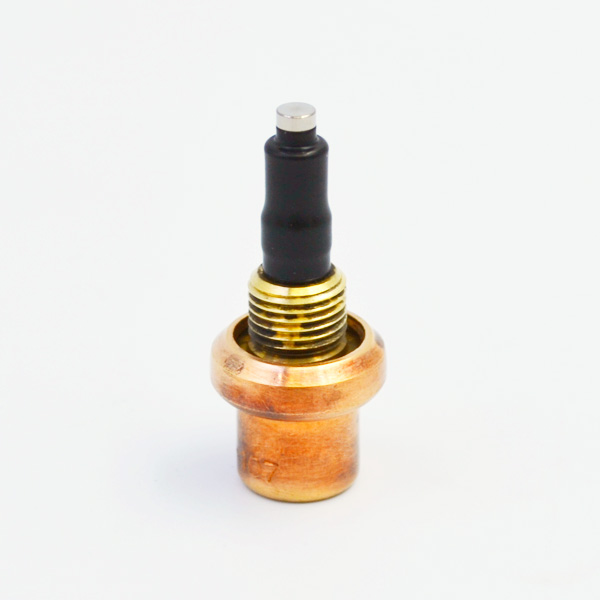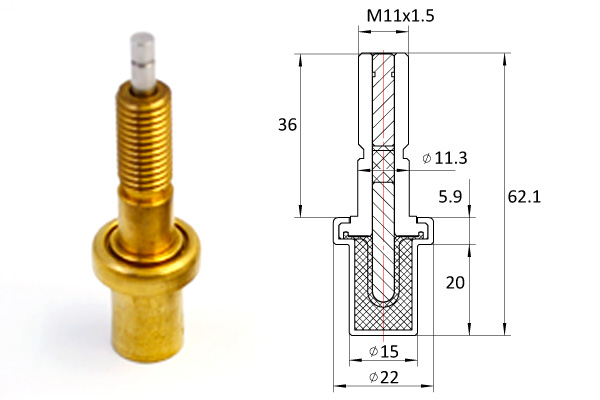Ocean buoy is the most widely used water temperature and meteorological monitoring equipment, which plays an important role in monitoring and harnessing the marine ecological environment. However, because the system needs 24 hours of uninterrupted work, the function problem has become the most critical factor restricting the further development and utilization of the system.
Based on the previous research results and the author’s years of work experience, this paper proposes the use of solid oxide fuel cell (SOFC) power supply system to provide energy for ocean buoys, and summarizes the research results as follows. Because there are equivalent internal resistance batteries in SOFC power supply system, the internal resistance will change with the increase of temperature, and the voltage will change with the change of current [1]. The E0_1.2586-2.5245e-4T in the formula represents the Nernst voltage, R and F represent the permanent masonry and Faraday constant respectively, T represents the temperature, PH2, PO2 and PH2O represent the pressure of hydrogen, oxygen and water vapor in the power supply system [2]. Ohm loss vohm is a voltage drop phenomenon caused by electric field driving electrons through electrode materials and ions through electrolytes. It has a very close relationship with current.
Therefore, it is also called Ohm loss. Concentration loss vconc indicates that when the output current of the system is greater than the approved current, the rate of fuel consumption in the electrochemical reaction process will increase, which will lead to the voltage drop of the system. Usually, we locate the maximum operating power of the ocean buoy system at 120W. In order to provide sufficient operating voltage for the system, we often use 15 single-cell stacks with an area of 5 cm *5 cm in series to form a stack. According to the formula, the maximum current density of the stack is 800 mA/cm?, and the output voltage range of the single-cell battery is between 0.6V and 1.2V. In addition, since the voltage in the ohmic polarization region of the power supply system will follow, that is to say, when the stack in SOFC is loaded, the maximum output voltage is 15V and the maximum current is 20A. T is the temperature of the gas, CV is the specific heat capacity of the gas, HN and hout represent the molar enthalpy of the gas flow into and out of the system, N is the quantity of the gas, Nin is the quantity of the gas mass, Nout is the quantity of the gas output, Qin is the heat conduction between the gas and the solid. The Cp, I (T) in the formula denotes the constant pressure molar specific heat capacity of the gaseous constituent substance I. The Xi in the formula represents the molar fraction of the gas I. Ri in the formula represents the molar reaction rate of gas I. Sarea represents the heat conduction area between gas and solid, HgS represents the heat conduction coefficient between gas and solid, T1 represents the temperature of gas, T2 represents the temperature of solid. T in the formula represents the problem of solid matter in the system.

Ps, Vs and Cs represent the density, volume and specific heat capacity of the solid respectively. Qin represents the heat conduction between the solid and its adjacent units. The key factor to determine SOFC temperature is to determine the heat source term and heat transfer capacity of the system. In this regard, we can start from the following two aspects: first, according to the internal heat and mass transfer process and three conservation laws of the reactor, we can calculate the expression formula of each heat source term; secondly, according to the expression of the source term, we can establish the parameters such as gas flow rate and temperature of the reactor [3]. The power output of SOFC system has the characteristics of large current, small voltage and unstable voltage. Therefore, the power generated by the system must be converted by power converter before it can be used in ocean buoy equipment.
Considering that the output voltage of the system is between 9V and 15V, and the rated voltage of the ocean buoy equipment is 24V, we have to deal with the voltage by DC/DC before we can use it. This paper suggests using Boost DC/DC converter.

The circuit of Boost consists of one inductor, one Schott diode, thermostatic element one power field effect transistor and one capacitor. From the above, we can see that SOFC power supply system plays a very important role in improving the quality and efficiency of ocean buoy monitoring.

However, due to the time period of the system’s start-up, many influencing factors and staff’s lack of understanding of the system, SOFC power supply system still has many problems. It needs to be discovered and solved in our daily work.
